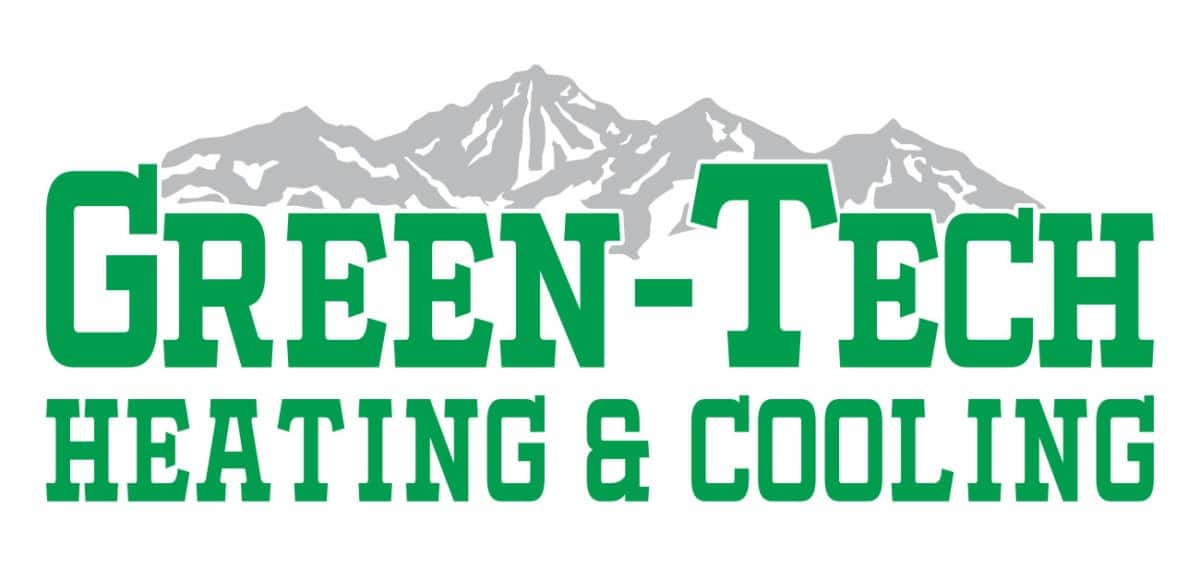
A Ceiling Water Leak Can Appear Due to Your Roof or HVAC.
By the time a water leak floods your basement or destroys your ceiling, you will need expensive restoration service, in addition to your leak repair. Early detection represents the only way to avoid catastrophic damage from a leak. Always remember to pay attention to the signs of a leak, which can include higher water bills, unexplained puddles or water stains, peeling paint, or a water meter that never stops running. Once you notice the indicators, however, you may feel uncertain about whether you need a plumber, roofer, or HVAC specialist. To know who to call, you’ll need to understand the most common sources of a water leak.
Typical Sources of a Residential Water Leak
In most homes, there exist many appliances and home components that can spring a leak. The next time you notice any leak indicators, you’ll want to try and associate the problem with one of these standard sources.
- Toilets: One of the most common sources of a leak, toilets can lose water from their tank into the bowl. To know whether this is happening, lift the lid off the tank and listen for a hissing noise.
- Water Heaters: If you have a standard water heater, it could leak from its valves, pipe connectors, or from the tank itself.
- Leaky Faucet: While atypically a source of damage, water that leaks from your faucet down the drain can unnecessarily raise your water bill.
- Piping: The average home has a great deal of piping in the walls and beneath the flooring. These types of leaks are often “invisible”, which means they don’t produce obvious signs of their presence. Keep an eye on your water bill, or shut every tap and check to see if your meter still runs.
- Water or Sewer Line: Either of these can spring leaks form age, shifting soil, or penetrating tree roots. Signs can include soggy areas or unusually green patches of grass.
- Roofing: One of the most common types of leaks, roof leaks only appears during storms. If you’ve recently endured a damaging storm, always have your roof inspected for potential leaks.
- HVAC: When a leak appears in the ceiling, many people automatically link it with the roof. However, your HVAC unit in the attic can cause leaks from an overflowing condensate pan.
If you have regular problems with plumbing leaks, then you likely have old pipes. To spare yourself frequent maintenance calls, have your system replaced with new PVC piping. As for HVAC leaks, air conditioners naturally generate condensation due to differences in temperature. A condensate pan catches this water and channels it down a drainpipe. A clogged drain pipe will cause your unit’s condensate pan to overflow, which will lead to a ceiling leak. The clearing of this line is a standard part of AC maintenance service from Green Tech Heating & Cooling. To schedule an appointment for a plumbing water leak in Colorado, call (720) 276-1403 today.

